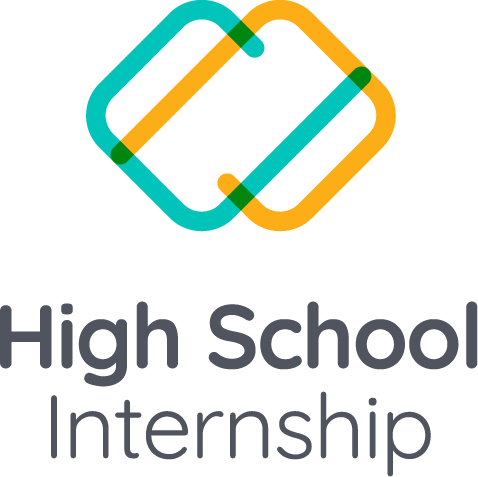Educators have frequently discussed computational thinking (or CT for short) as a critical component of 21st Century Skills. Computer scientists like Seymour Papert, Alan Perlis, Marvin Minsky, and Jeannette Wing have envisioned an essential part of every child’s education. This article will explore Computational Thinking and some ideas on how every teacher can bring it into their classroom.
Jeannette Wing from Columbia University defines it as, “Computational thinking is the thought processes involved in formulating a problem and expressing its solution(s) in such a way that a computer-human or machine—can effectively carry out.” In other words, CT allows us to take a complex problem, understand what the problem is and develop possible solutions. We can then present these solutions so that a computer, a human, or both, can understand.
Frequently CT is divided into four components (sometimes referred to as cornerstones or techniques):
- Decomposition – breaking down a complex problem or system into smaller, more manageable parts
- Pattern recognition – looking for similarities among and within problems
- Abstraction – focusing on the important information only, ignoring irrelevant detail
- Algorithms – developing a step-by-step solution to the problem or the rules to follow to solve the problem
An easy way to visualize CT in action is to think about making a simple breakfast. Next, imagine making peanut butter and jam sandwich with tea. You now have the end goal. From here, you work backward and make the dishes by putting together the ingredients and most minor manageable actions.
Source: Barefoot Computing
Computational thinking in the classroom is not limited to the Computer Science lesson. It can be integrated into various subjects, for example:
- Language Learning / Literature: In younger grades or for students learning a new language, make word/phrase cards about a story or sequence of events and ask the students to use logic and their general awareness to put together the jumbled story in the correct order. Older students can “program” a story with alternate pathways, i.e., create a Choose Your Own Adventure game.
- Mathematics: Use decomposition to solve word problems and express generalizations (as algebraic representations) by identifying and recognizing patterns after analyzing data.
- Business Studies/Economics: Making a decision tree for business decisions/choices, making financial models, business plans, and exit plan scenarios, or getting students to develop menus and recipes for a restaurant.
- Social Sciences: Study data and Identify patterns/trends in wars & other historical events, then create visualizations of these patterns and trends.
With computing becoming ubiquitous in all walks of life, industries, and organizations, it is of critical importance that educators infuse Computational Thinking across the curriculum. This will help students develop a strong foundation for 21st-century skills and the ever-evolving and rapidly changing world of work.
We’d love to hear from you if you’d like to learn more about using BSD Education’s Digital Skills Curriculum to bring Computational Thinking into your classroom.

